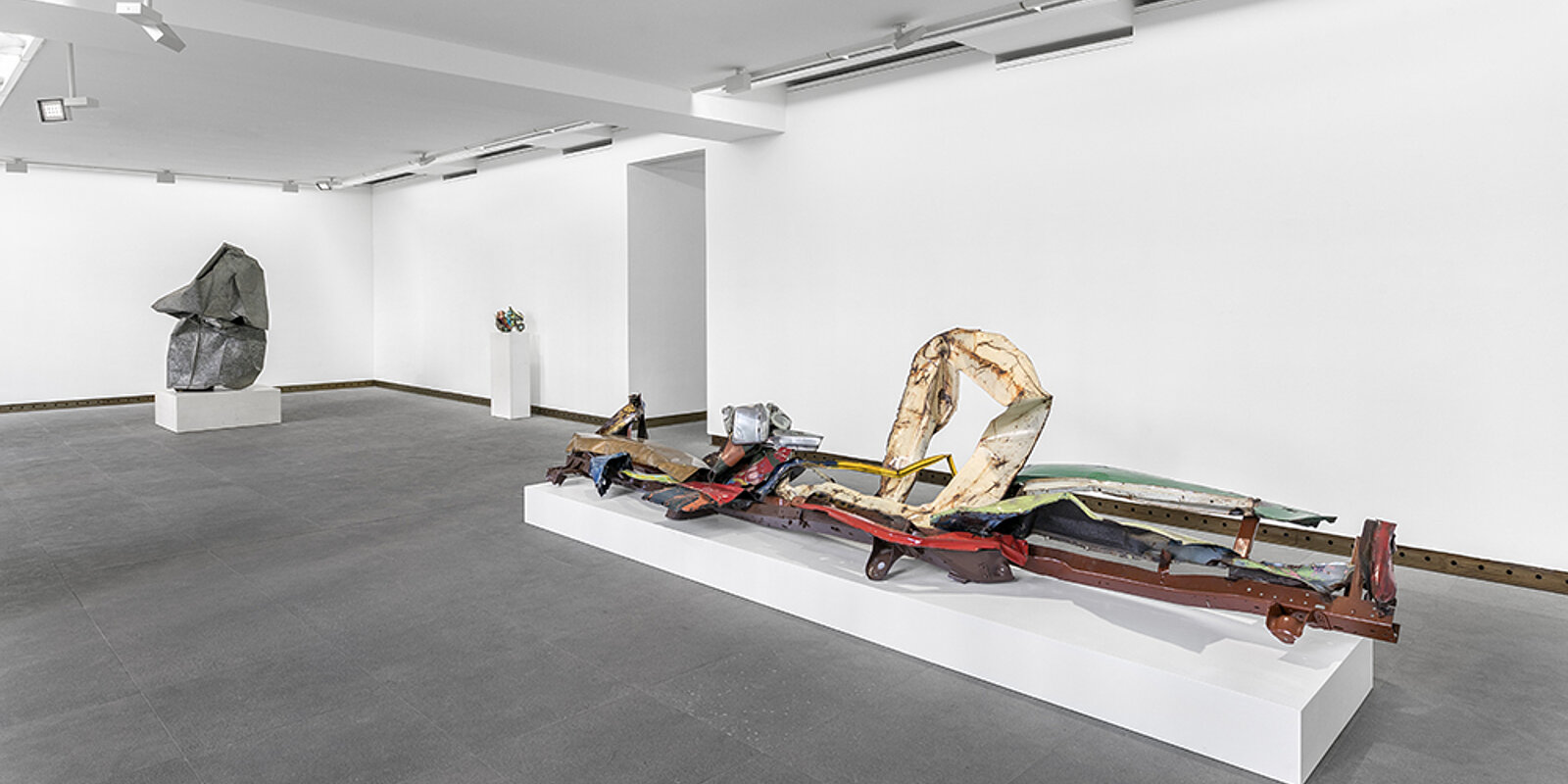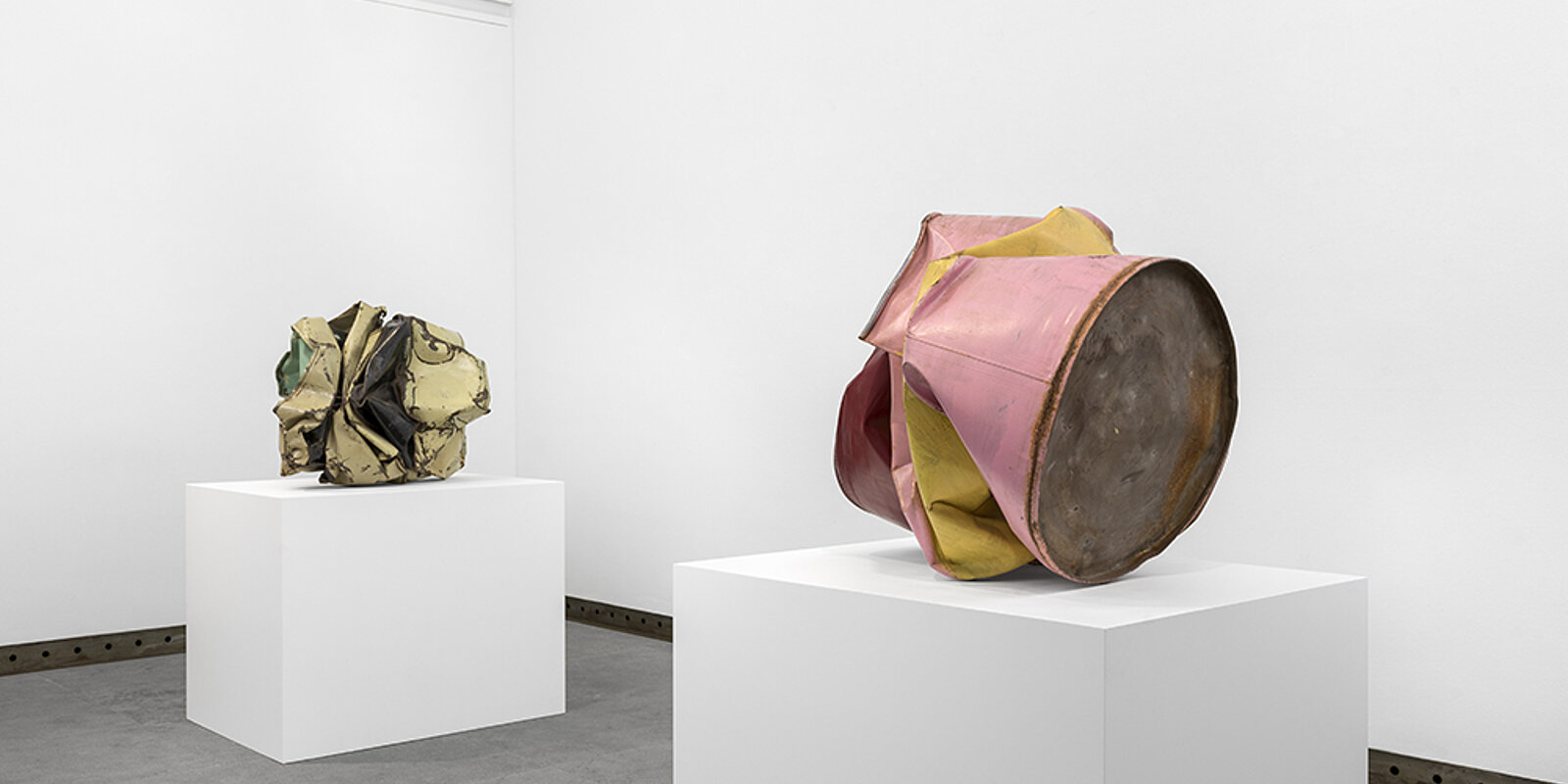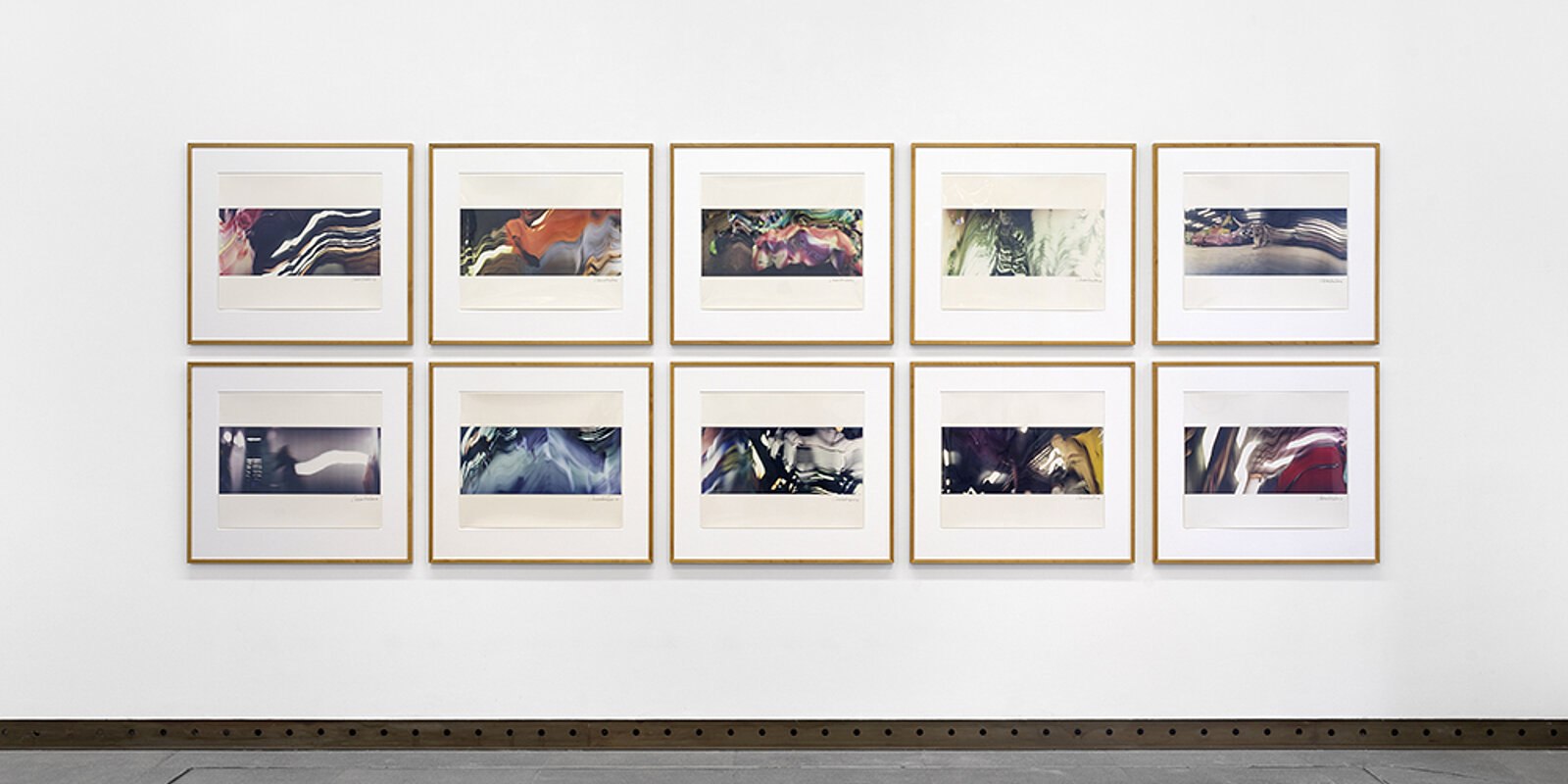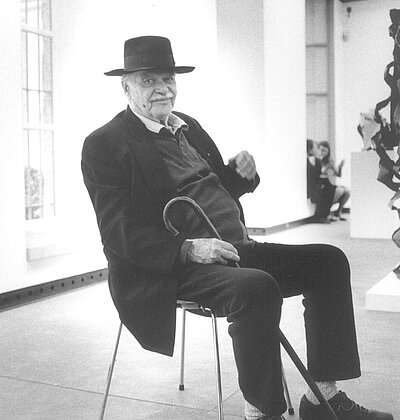John Chamberlain: Chamberlain in Paris

Galerie Karsten Greve Paris
Tuesday - Saturday 10 am - 7 pm
Opening
on Saturday, January 18, 2020, 6 - 8 pm
© Nicolas Brasseur and Galerie Karsten Greve
John Chamberlain saw creating as an act of improvisation. The artist liked to say that he had taken some of his most beautiful photographs as he strolled aimlessly through Paris; yet had never quite grasped how. It was in that same ambling state of mind, and also thanks to luck and happenstance, that he would find various fusions of shape, poetry, and 'hidden gems'.
An avant-garde artist, Chamberlain said that it was thanks to poets like Robert Creeley, Robert Duncan - and especially his teacher Charles Olson at Black Mountain College - that he learned to 'see words', to manoeuvre and extract them and then to reassemble them into a sort of collage. Similarly, the titles given to each of Chamberlain's works are inseparable, duly adding a dash of humour that echoes the author's innermost medleys of associative ideas. Chamberlain approached sculpting according to the same associative principles, juxtaposing heteroclite fragments of objects.
The 'Creative journey' is the cornerstone of John Chamberlain's art. His keen interest in "Process Art" meant he experimented with, and used, any material at hand. He used old abandoned car carcasses; plentiful indeed in the 1950s backcountry backyards of the USA. Chamberlain’s witty rational for his favourite material was that whilst Michelangelo had plenty of marble in the vicinity, it was scrap metal that he had at hand. In his workshop the size of an airplane hangar, his modus operandi consisted in collecting materials, piling up heaps of scrap metal and then retrieving items that he would interlock, crumple up, undo, fold and straighten until he reached an assembled state, a sculptural piece.
This sort of expressiveness should be considered in the context of what artists were experiencing during the post-war era in the United States – meaning that the intense relationships between the materials and how they were being transformed was key. Such metamorphosis on a scale that resembles a human body requires sizing various parts, joining them together, and ensconcing shapes into one other: much like what happens inside a living organism. Striving towards expansion; the imposing 1967 piece Papagayo, made with galvanized steel, stands tall in its verticality, whereas the Gondolas (1981-1982) reaches out horizontally. Chamberlain wanted to infuse his works with movement; extremely slow motion like when a handprint leaves behind a trace of itself, or a pack of cigarettes, or soda-can is freshly crushed. Deformed and re-sized, somehow the recycled object is living its previous life. So, rather than being a sort of “collage”, his sculpture is more like a fusion, an amalgamated and condensed piece.
Compression and expansion were central in Chamberlain's approach to photography as well. Shape and light could be extended within space and time thanks to the Widelux panoramic camera he started using in 1977. The feeling of slowness that his process conveys is present in the way his sculptures look 'extendable'. This profusion of images
conjures a need to capture as many materials as possible; to melt and blend them into a homogeneous whole. Chamberlain took liberties with pictorial expression in his photographs, as well as in his collages and monotypes, paying no attention to the principles of gravity and verticality. His collages, such as View from the Cockpit, show a
frontal, face-on approach to the piece, with abstract views from the sky, or a perspective that plunges down to the ground. Recordings, compositions on paper; either photographed or chiselled into something; were all meant to show "the most complete" state possible of the surrounding world.
Therefore, Chamberlain applied the same premise to any medium: “start by observing shape and see what comes of it.” The act of ‘becoming’ is flowing movement wherein we are inclined to create circuits, traces, waves and tubes that stretch and reach out and invade space. This brings to mind what the artist said about his childhood
dream of capturing the most complete images possible of the world by sending cameras into the cosmos.





